The first-generation Nissan Leaf was an incredible achievement for the company and for the industry. A mass-market EV that wasn't priced out of reach was something the industry needed at the time.
That's important. Since then, things have stagnated. To say that the 2026 Leaf is the most important EV launch for Nissan since the original car would be an understatement. It must get it right, because the competition is too good not to.
Starting things off, the car is available with two battery options. There is a 52 kWh base pack and a 75 kWh longer-range option. Each option has an active thermal management system—a first for Leaf—to address DC fast-charging concerns. Those batteries also deliver more range, with up to 303 miles (488 km) on the S+ model.

The 52-kWh version makes 174 hp (130 kW), and the 75-kWh motor generates 215 hp (160 kW).
The Leaf adopts Nissan's new 3-in-1 EV powertrain, which integrates the motor, inverter, and reducer. This reduces packaging by 10 percent, and Nissan claims it improves responsiveness and refines the powertrain.
Native NACS
Instead of a slow and clunky CHAdeMO connector, the Leaf rocks a Tesla-style NACS port for DC fast charging. Interestingly, the car also has a SAE J-1772 connector for AC charging. The driver's side fender has the J plug, while the passenger side fender has the NACS.
Confusingly, the NACS connector is only for DC fast charging. If you're going to level 2 charge, you must use the J plug or a NACS connector with an adapter. It's weird, but the car will make it obvious to owners if they plug into the wrong connector.
When connected to a DC fast charger that can deliver 150 kW, both battery sizes will charge from 10 to 80 percent in 35 minutes. While not class-leading, it wipes the floor with the old model. It also supports a peak charging rate that is higher than its bigger sibling, the Ariya.


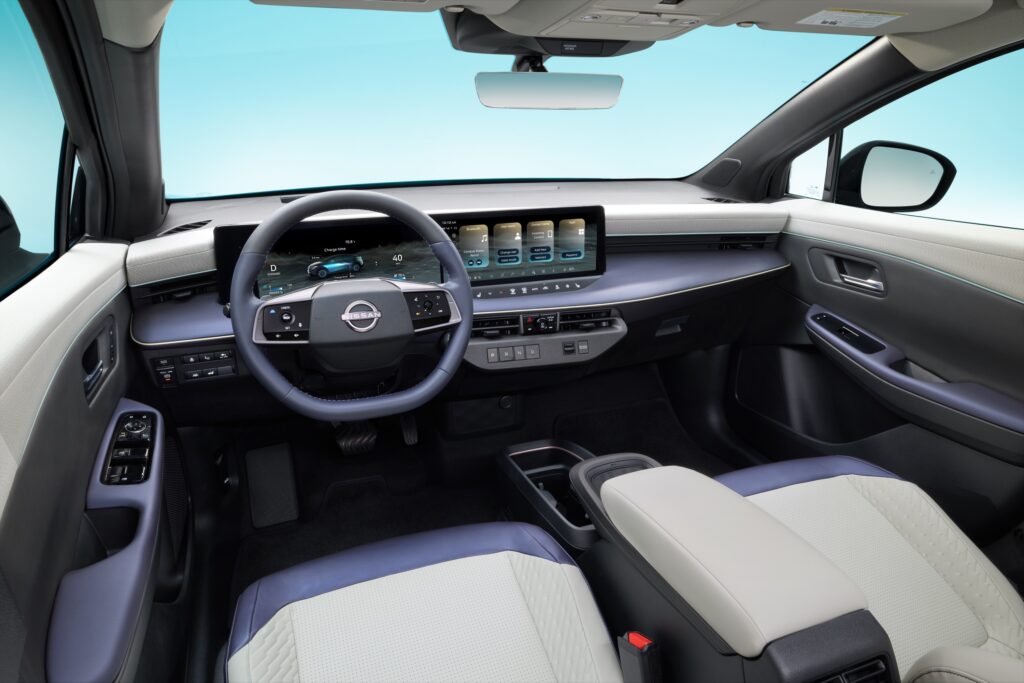
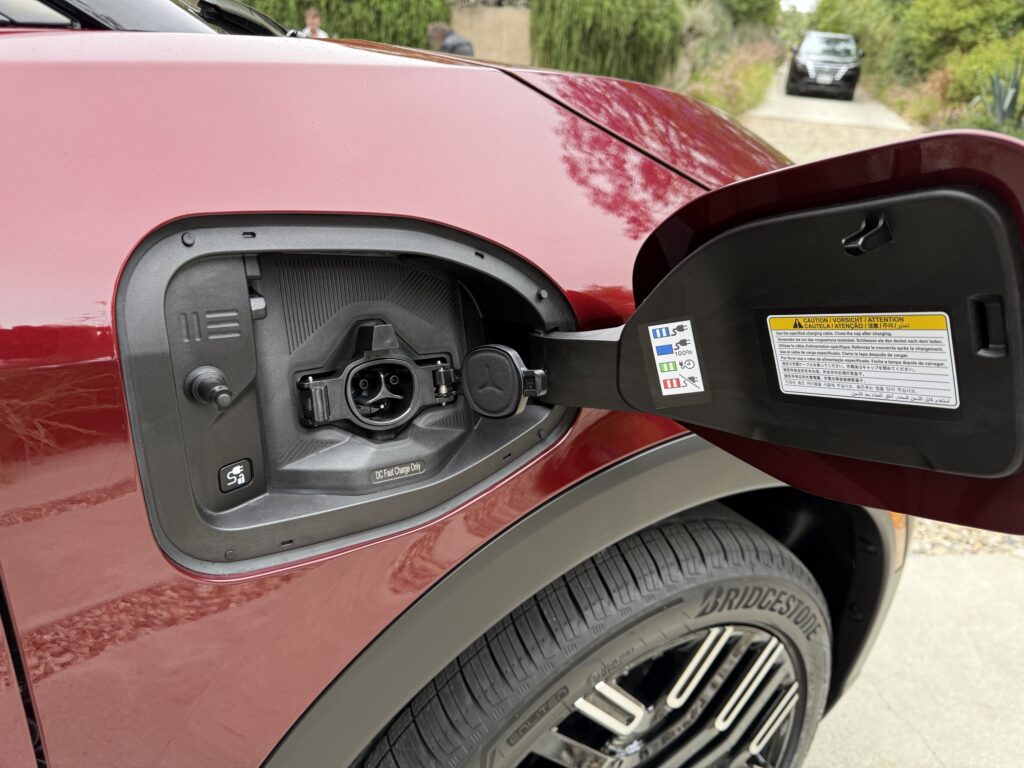
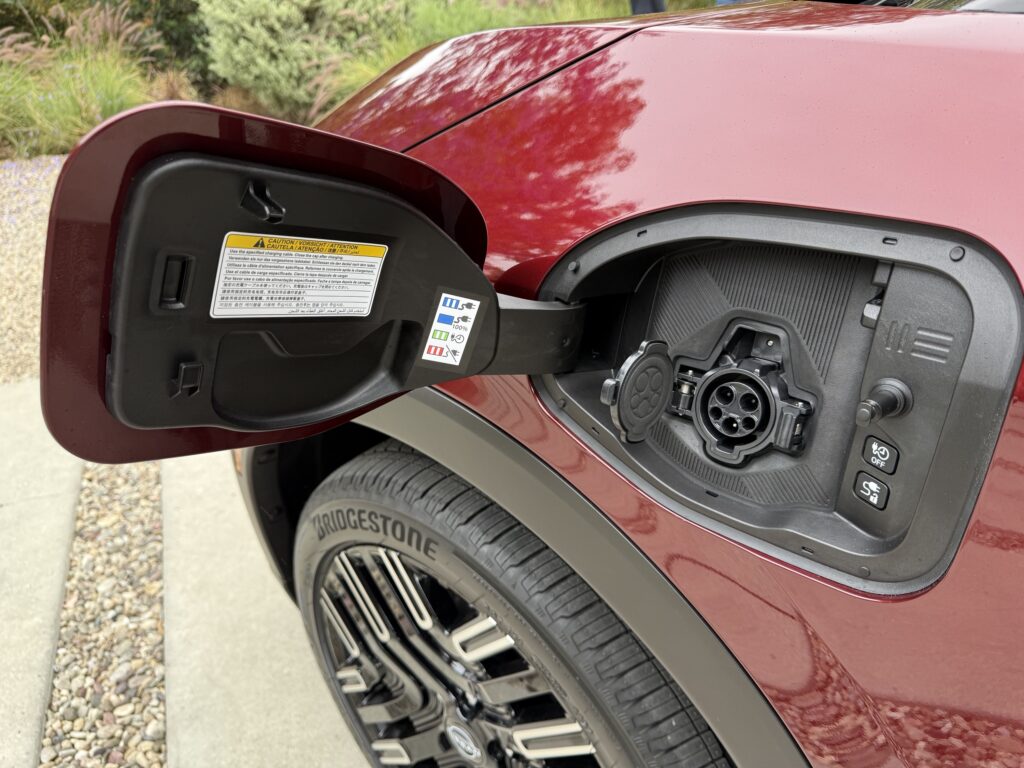
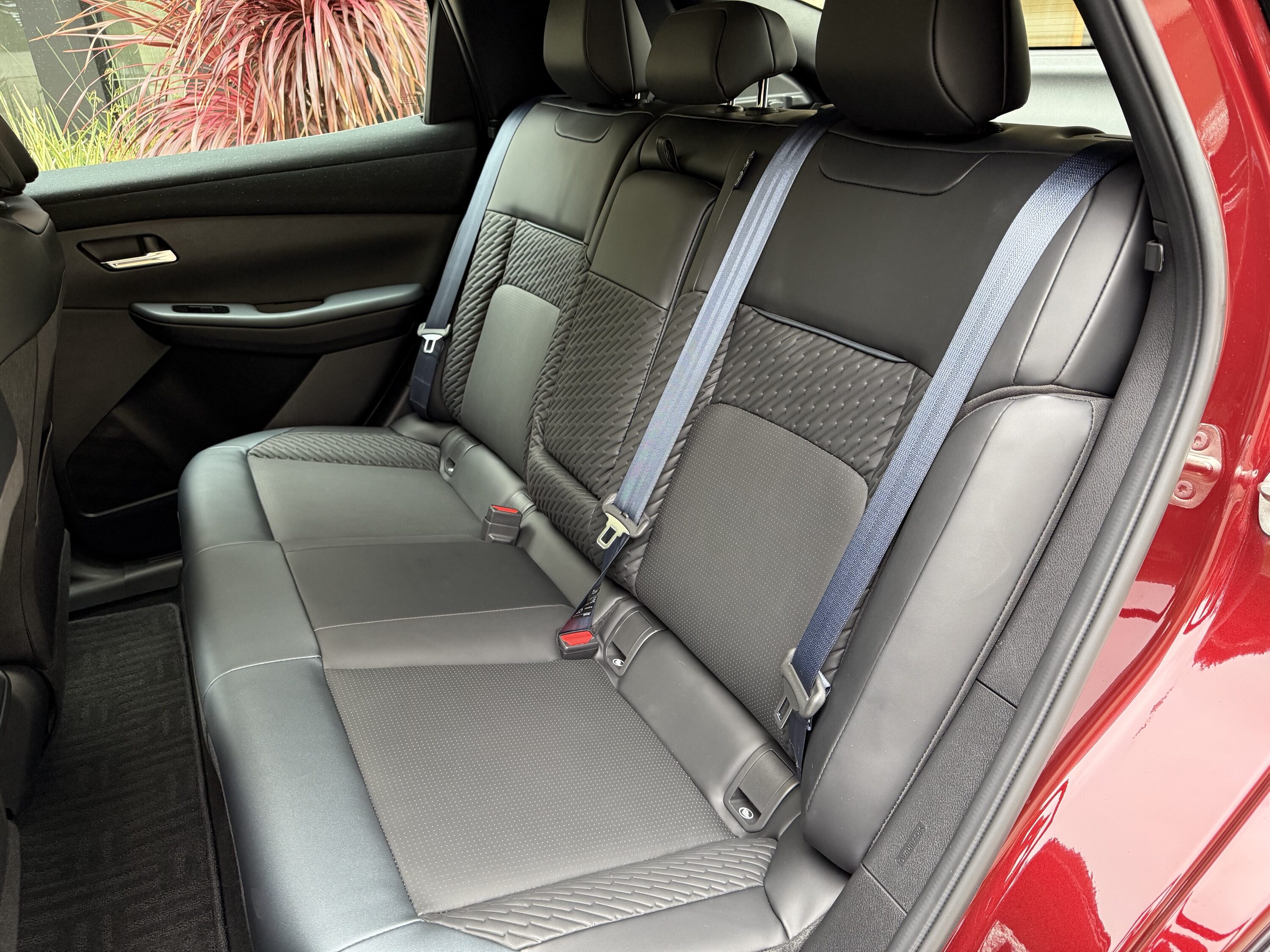
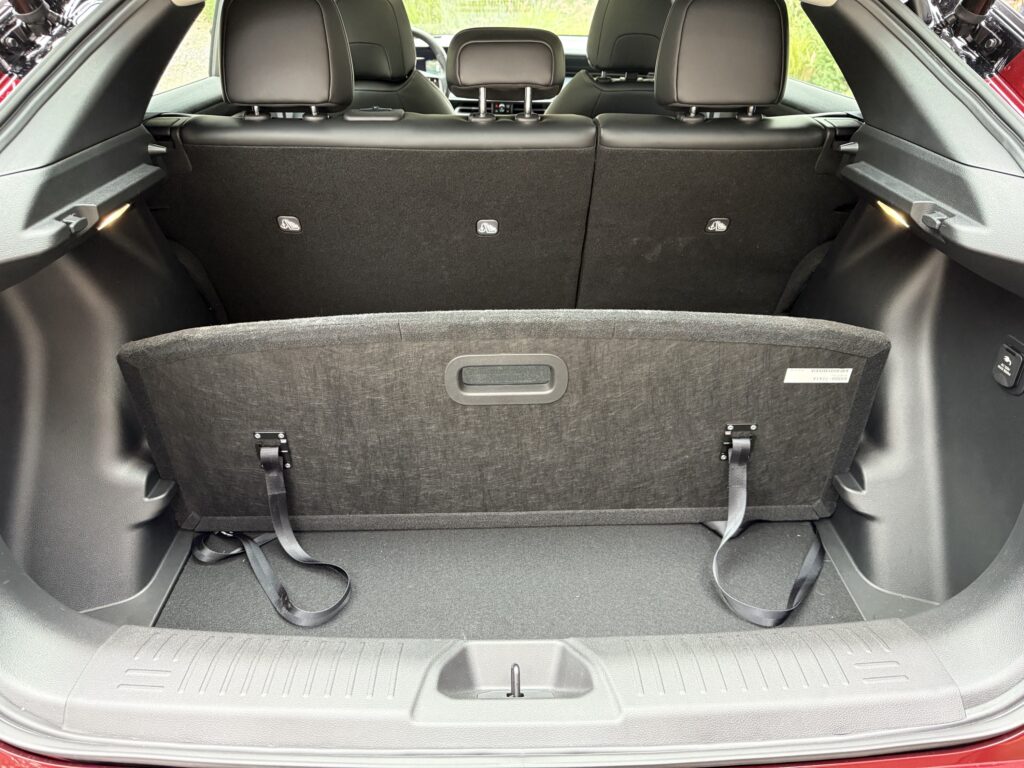
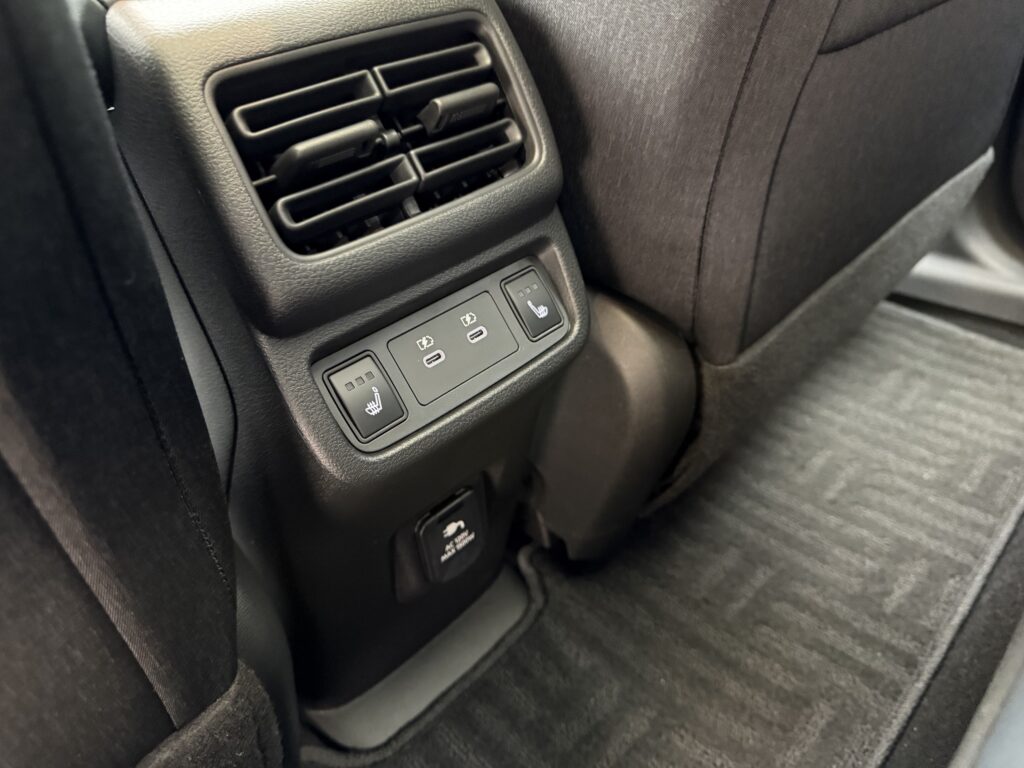
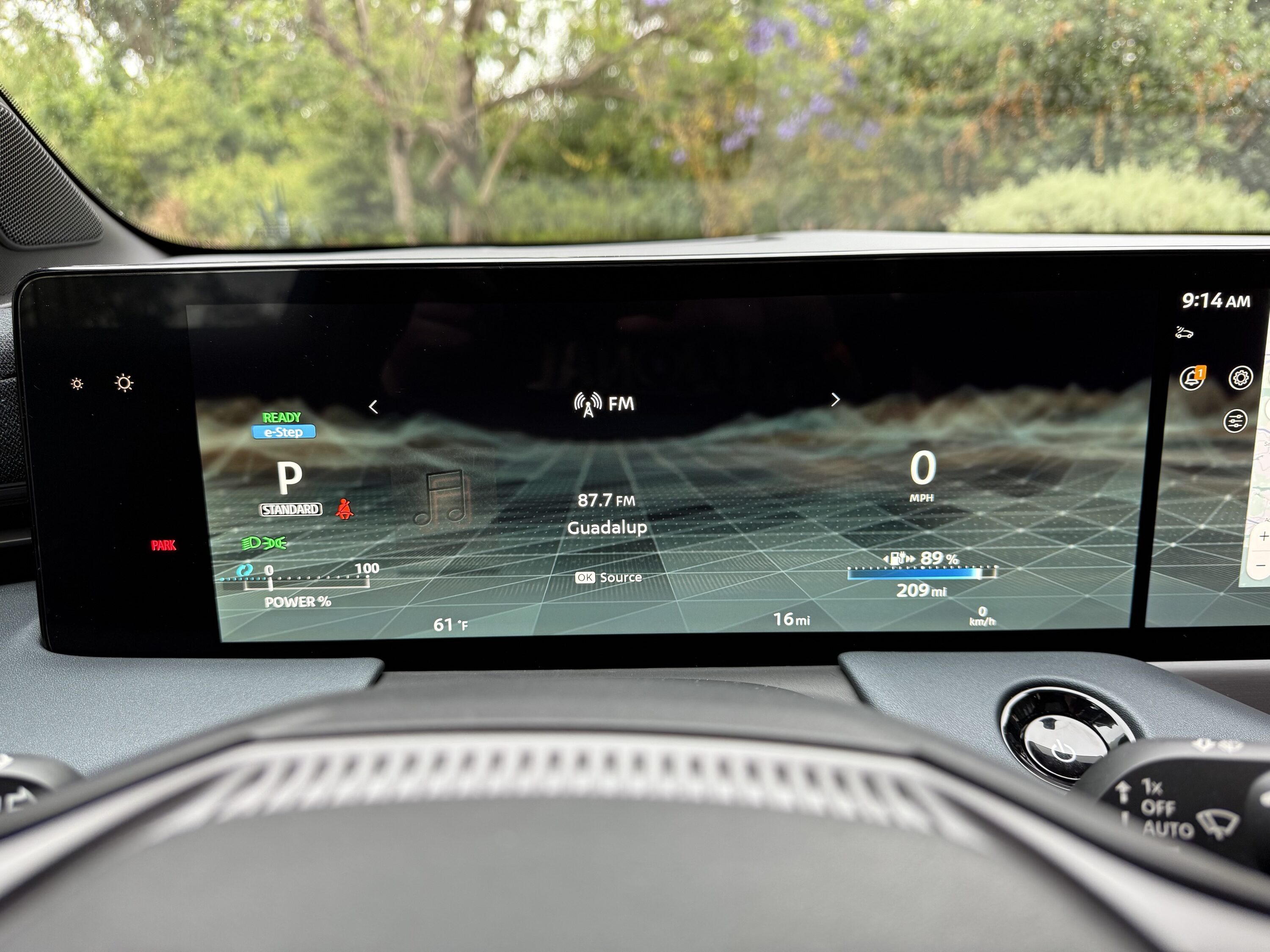
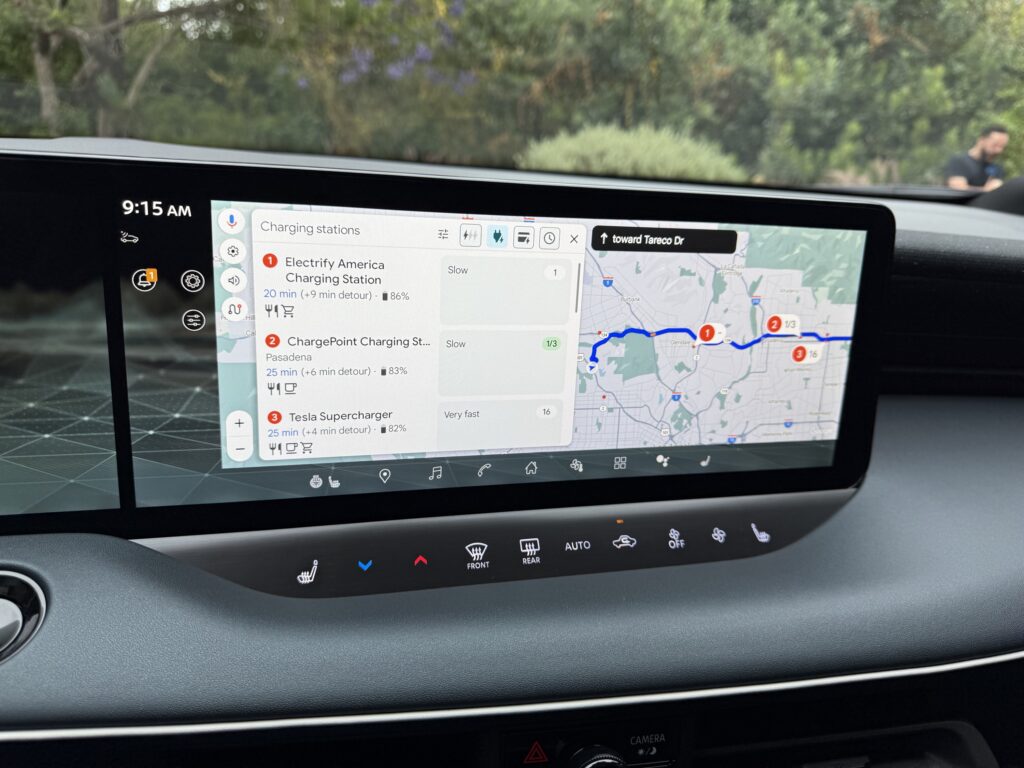
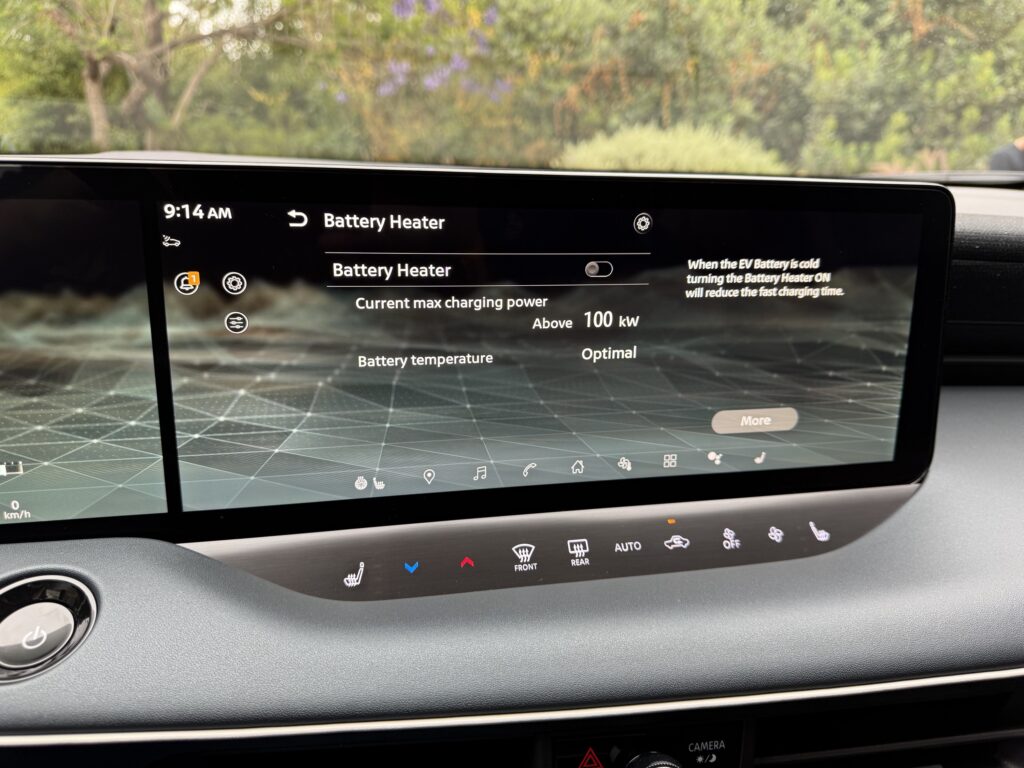
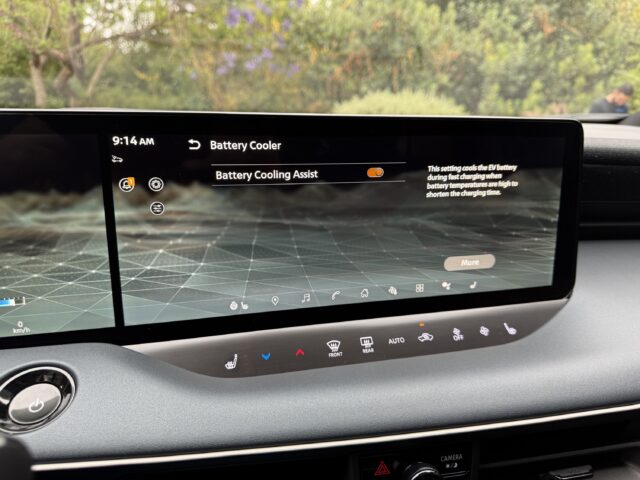

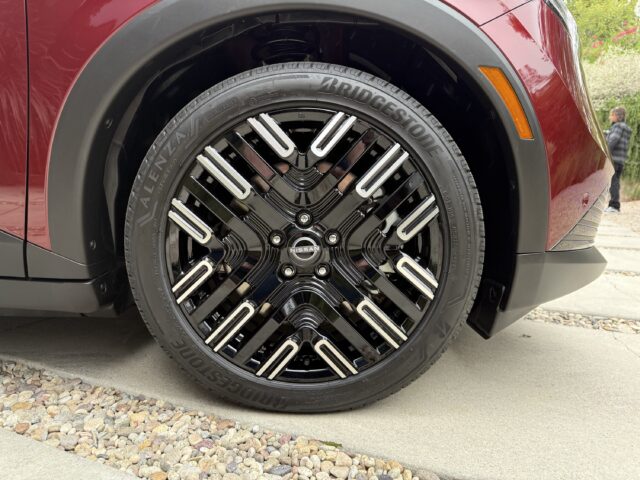
 Loading comments...
Loading comments...
